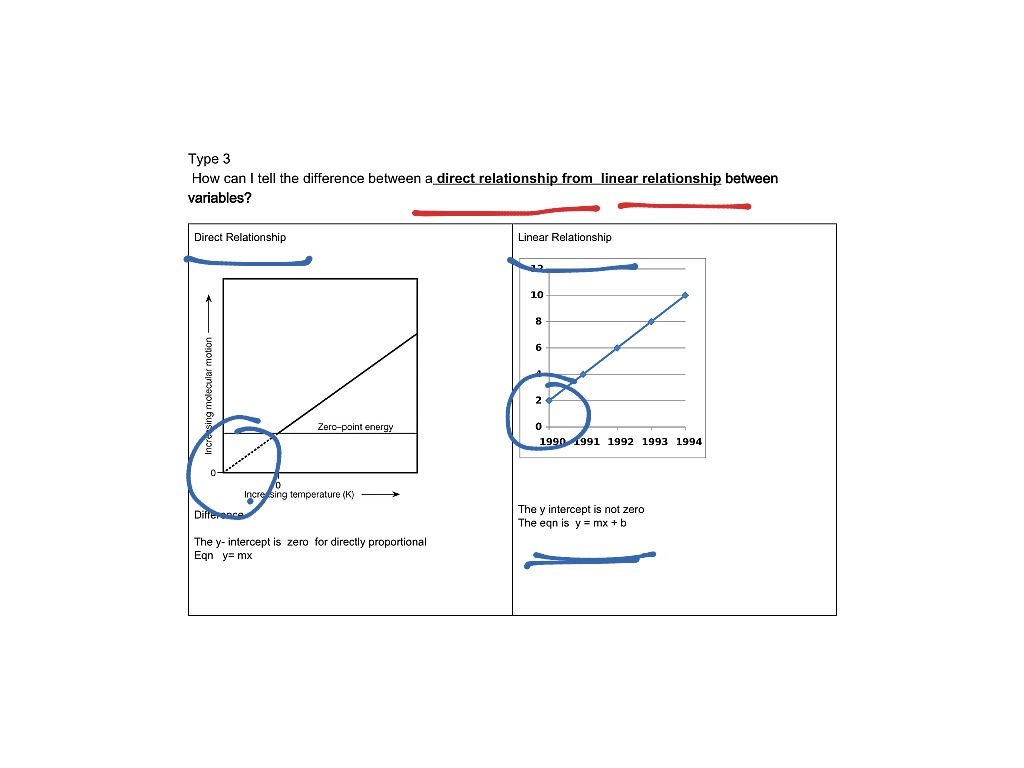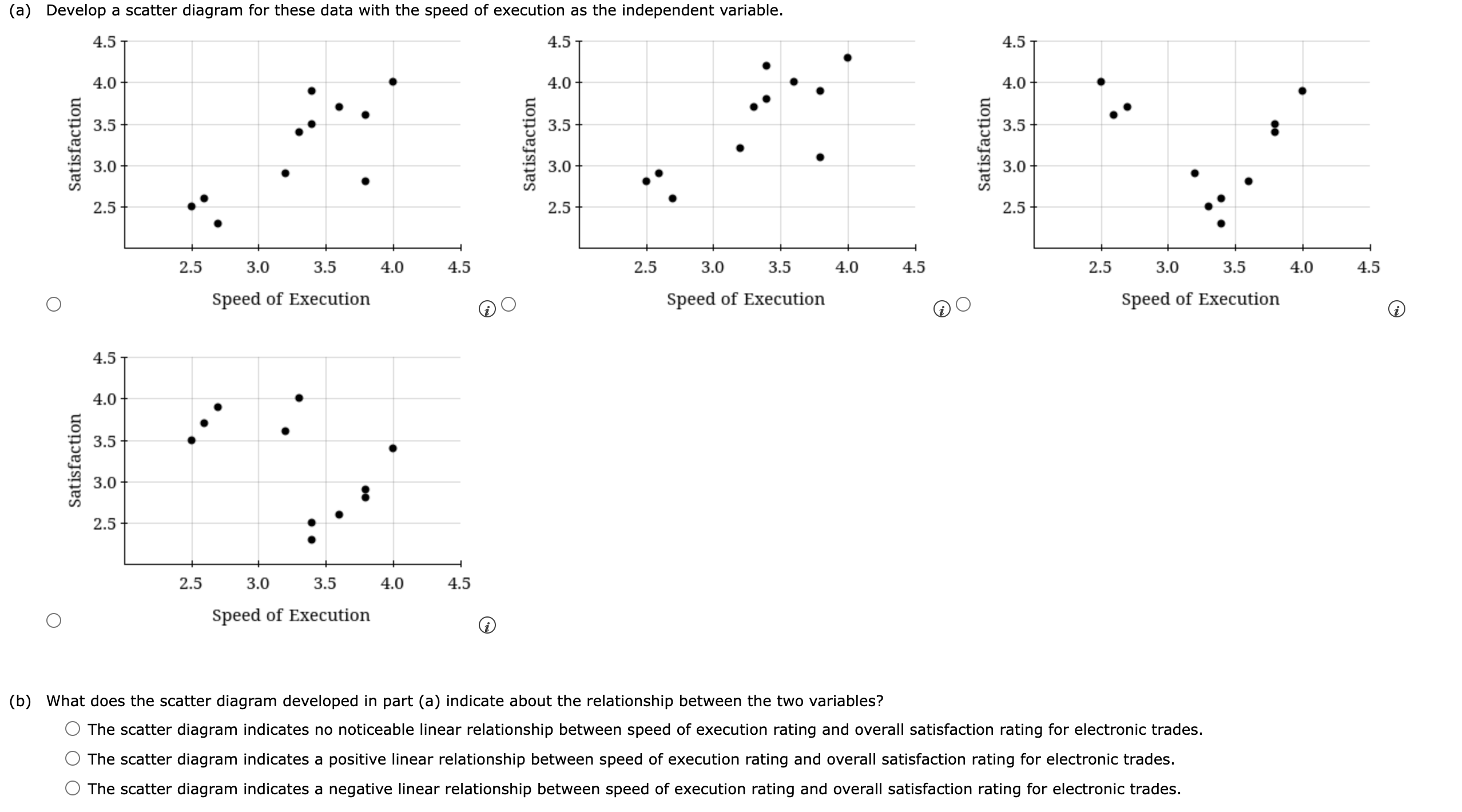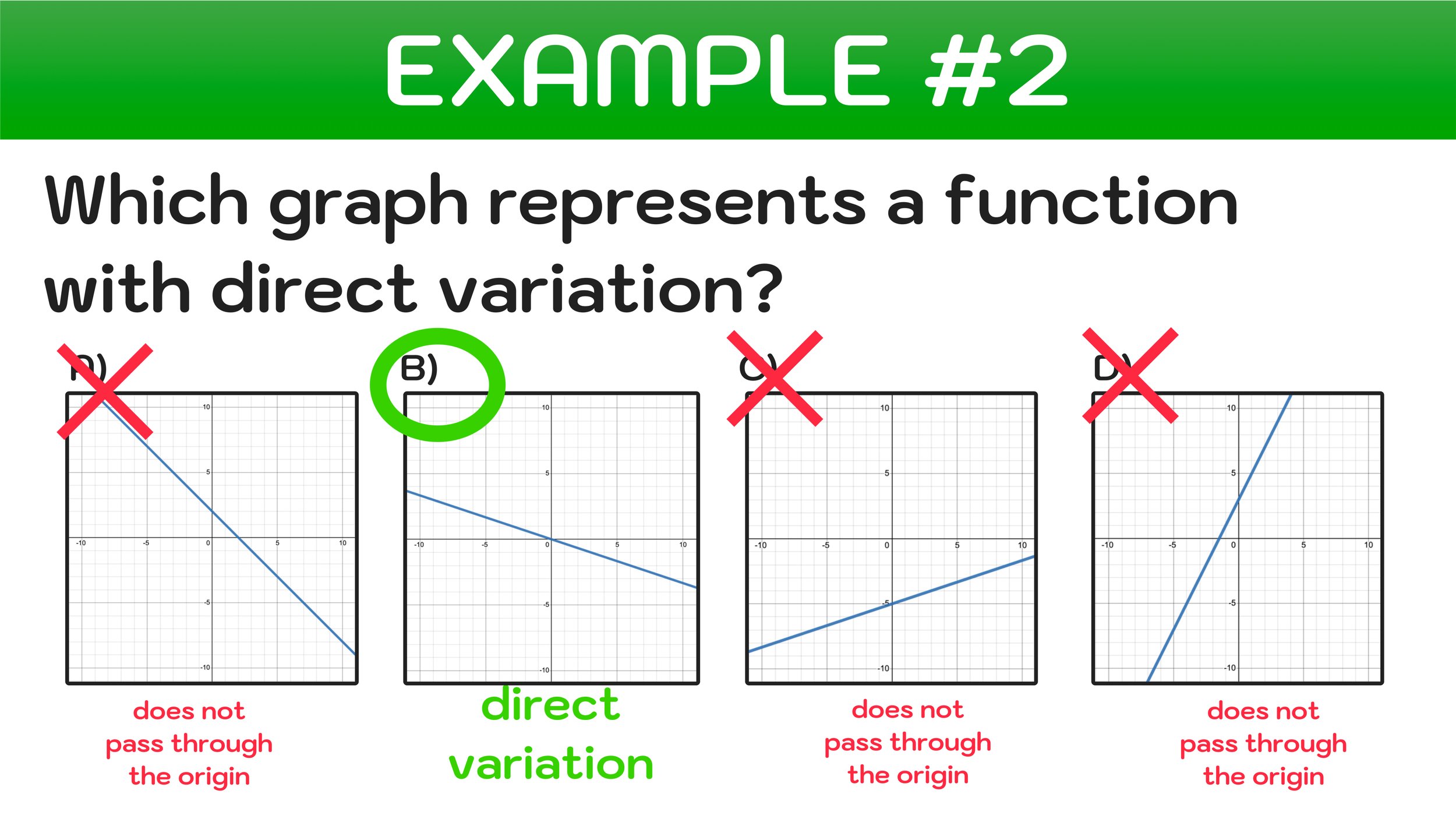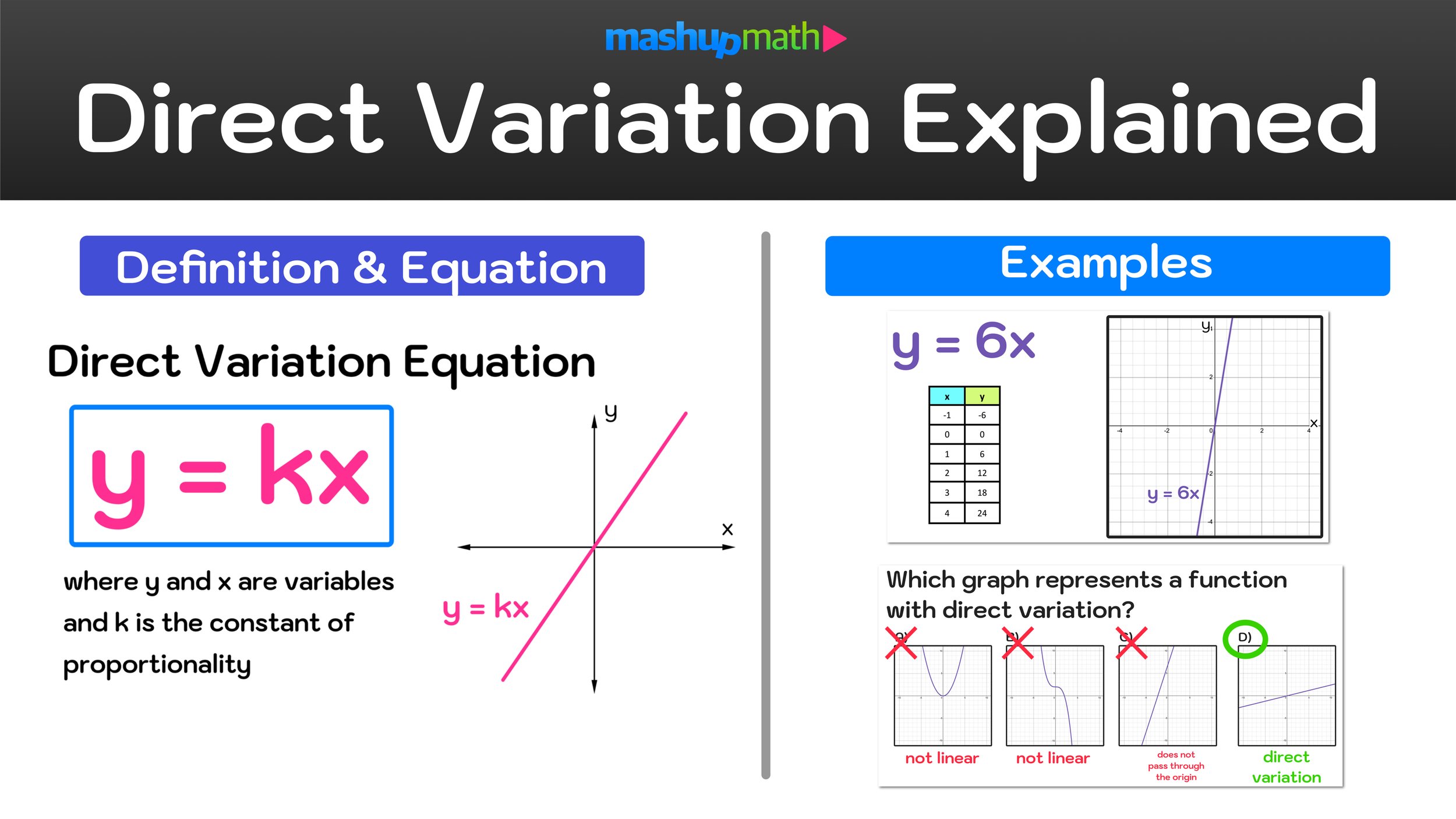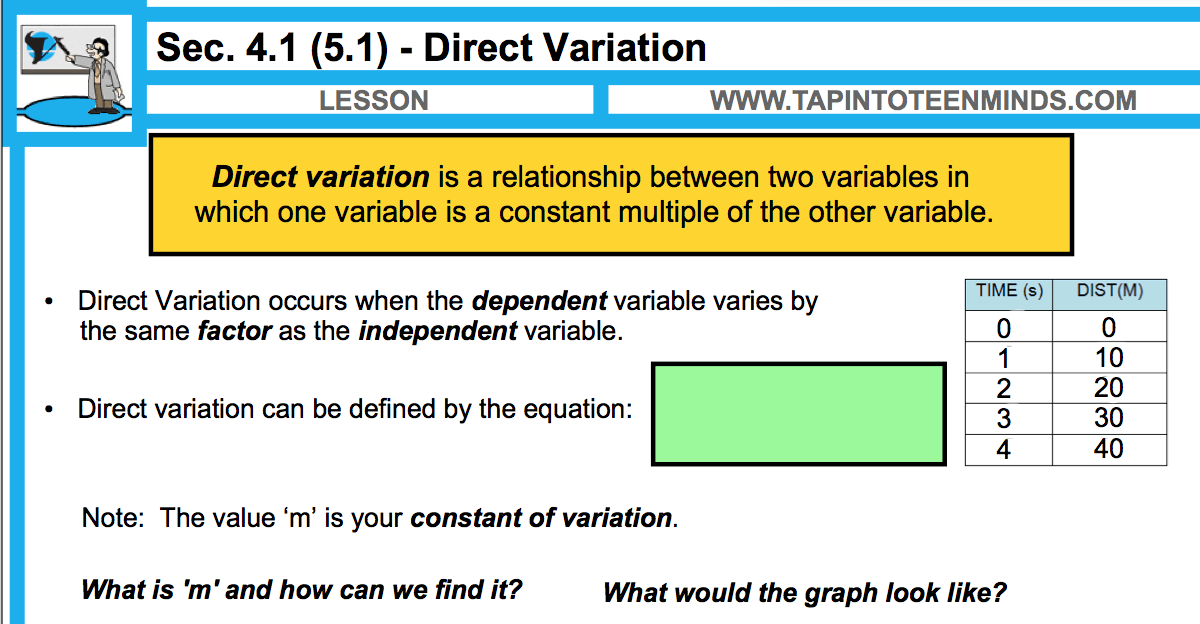Direct Linear Relationship
Direct Linear Relationship - In short, direct relationships increase or decrease together, but inverse relationships move in opposite directions. A linear relationship is shown by the equation y= mx + b. Learn the definitions of linear and direct relationships. A linear relationship refers to a direct, proportional connection between two variables, where one variable changes at a constant rate. In other words, as one variable. A direct relationship, also known as a positive correlation, occurs when two variables move in the same direction. In a direct relationship, an. Explore the differences of each type of relationship by seeing examples of graphs and. How is it known if there is a linear relationship? What is a direct relationship?
A linear relationship refers to a direct, proportional connection between two variables, where one variable changes at a constant rate. In other words, as one variable. A linear relationship is shown by the equation y= mx + b. How is it known if there is a linear relationship? A direct relationship, also known as a positive correlation, occurs when two variables move in the same direction. In a direct relationship, an. What is a direct relationship? In short, direct relationships increase or decrease together, but inverse relationships move in opposite directions. Learn the definitions of linear and direct relationships. Explore the differences of each type of relationship by seeing examples of graphs and.
A direct relationship, also known as a positive correlation, occurs when two variables move in the same direction. What is a direct relationship? Learn the definitions of linear and direct relationships. How is it known if there is a linear relationship? In a direct relationship, an. A linear relationship refers to a direct, proportional connection between two variables, where one variable changes at a constant rate. A linear relationship is shown by the equation y= mx + b. Explore the differences of each type of relationship by seeing examples of graphs and. In short, direct relationships increase or decrease together, but inverse relationships move in opposite directions. In other words, as one variable.
Direct relationship and linear relationship Science, Physics
In short, direct relationships increase or decrease together, but inverse relationships move in opposite directions. A linear relationship refers to a direct, proportional connection between two variables, where one variable changes at a constant rate. How is it known if there is a linear relationship? Explore the differences of each type of relationship by seeing examples of graphs and. A.
Solved (b) What does the scatter diagram developed in part
Learn the definitions of linear and direct relationships. A linear relationship is shown by the equation y= mx + b. How is it known if there is a linear relationship? In a direct relationship, an. In other words, as one variable.
Direct Variation Explained—Definition, Equation, Examples, 50 OFF
Learn the definitions of linear and direct relationships. In a direct relationship, an. A linear relationship refers to a direct, proportional connection between two variables, where one variable changes at a constant rate. A direct relationship, also known as a positive correlation, occurs when two variables move in the same direction. In other words, as one variable.
Direct Variation Linear Relationship YouTube
A linear relationship is shown by the equation y= mx + b. In a direct relationship, an. What is a direct relationship? In short, direct relationships increase or decrease together, but inverse relationships move in opposite directions. A linear relationship refers to a direct, proportional connection between two variables, where one variable changes at a constant rate.
Conceptual framework showing direct relationships Download Scientific
A linear relationship refers to a direct, proportional connection between two variables, where one variable changes at a constant rate. What is a direct relationship? Explore the differences of each type of relationship by seeing examples of graphs and. In short, direct relationships increase or decrease together, but inverse relationships move in opposite directions. In other words, as one variable.
Direct Variation Explained—Definition, Equation, Examples — Mashup Math
A direct relationship, also known as a positive correlation, occurs when two variables move in the same direction. A linear relationship refers to a direct, proportional connection between two variables, where one variable changes at a constant rate. In other words, as one variable. How is it known if there is a linear relationship? Learn the definitions of linear and.
Which linear relationship can be described as a function with direct
How is it known if there is a linear relationship? Learn the definitions of linear and direct relationships. In a direct relationship, an. What is a direct relationship? Explore the differences of each type of relationship by seeing examples of graphs and.
Which linear relationship can be described as a function with direct
In a direct relationship, an. In short, direct relationships increase or decrease together, but inverse relationships move in opposite directions. What is a direct relationship? Learn the definitions of linear and direct relationships. A linear relationship refers to a direct, proportional connection between two variables, where one variable changes at a constant rate.
Linear & Direct Relationships Video & Lesson Transcript
Explore the differences of each type of relationship by seeing examples of graphs and. How is it known if there is a linear relationship? Learn the definitions of linear and direct relationships. In other words, as one variable. In short, direct relationships increase or decrease together, but inverse relationships move in opposite directions.
4.1 Direct Variation Linear Equations MPM1D Grade 9 Academic Math
In short, direct relationships increase or decrease together, but inverse relationships move in opposite directions. In a direct relationship, an. A direct relationship, also known as a positive correlation, occurs when two variables move in the same direction. A linear relationship is shown by the equation y= mx + b. Learn the definitions of linear and direct relationships.
A Direct Relationship, Also Known As A Positive Correlation, Occurs When Two Variables Move In The Same Direction.
What is a direct relationship? Explore the differences of each type of relationship by seeing examples of graphs and. In short, direct relationships increase or decrease together, but inverse relationships move in opposite directions. In a direct relationship, an.
A Linear Relationship Is Shown By The Equation Y= Mx + B.
In other words, as one variable. How is it known if there is a linear relationship? Learn the definitions of linear and direct relationships. A linear relationship refers to a direct, proportional connection between two variables, where one variable changes at a constant rate.
